
A diagnostic analyzer was studied looking at 3 biomarkers to predict the level of COVID-19, and could potentially serve as a risk stratification tool.

A diagnostic analyzer was studied looking at 3 biomarkers to predict the level of COVID-19, and could potentially serve as a risk stratification tool.

An assessment from the Cleveland Clinic shows prescribing concordant to guidelines can exceed 60% in certain facilities.

Almost half of the participants in the study had an opportunity to improve their antibiotic regimen.

The pilot program was demonstrated to significantly reduce days of antibiotic therapy.

More than half of the pharmacist led interventions were accepted by providers during the intervention period.

A majority of the study participants experienced symptoms that interfered with activities of their daily life.

A large retrospective analysis of Medicare patients offers a glimpse of the incidence rates of this patient population and the burdens associated with it.
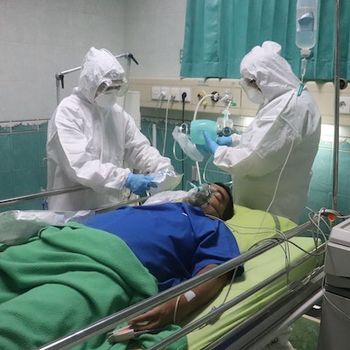
The IL-6 targeting monoclonal antibody is linked to improved inflammatory and hemodynamic markers in hospitalized patients.

Interventions implemented by pharmacists were more likely to be accepted by prescribers.

A meta-analysis suggest the 2 first-line C diff therapies provide similar outcomes, yet differ in recurrent infection risk.

Study finds communicating on Electronic Medical Record (EMR) led to follow-up with infectious disease providers.

In-hospital mortality and recurrent bacteremia occurred in 58% and 17% of patients with persistent VRE BSIs.
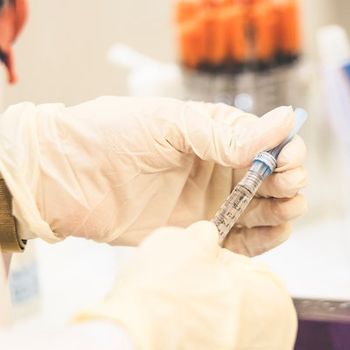
A concerted effort to increase flu vaccination during the COVID-19 pandemic resulted in more protection among a high-risk population, as well as educational opportunities for pharmacy students.

Rates of in-hospital mortality and days with bacteremia were similar between the two study cohorts.

Antimicrobials were commonly prescribed during the first wave of the pandemic, and clinicians were successfully guided by antimicrobial stewardship programs.
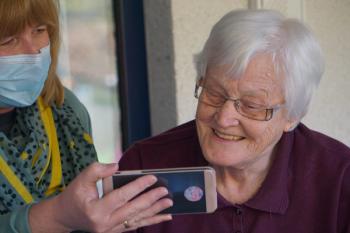
Increased facility-level vaccine coverage amongst residents and staff was associated with lower cases in the latter population.

More than half of urine cultures were found to be contaminated and 1 in 5 of the patients were prescribed an antibiotic.

Social identity plays an important role in how antimicrobial stewards see their roles and influences how they communicated with prescribers.
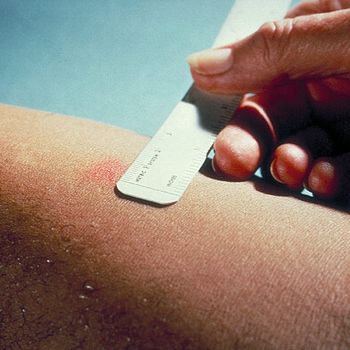
A comparative study of same-day and seven-day TB test results show there is little difference in HIV treatment adherence or outcomes at 48 weeks.
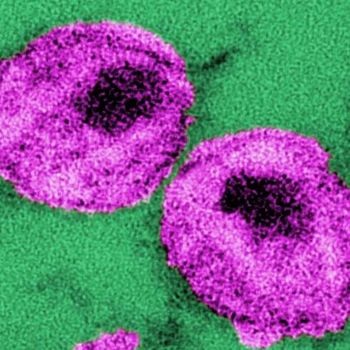
Phase 1/2 trial results showed the immunomodulary vaccine regimen could induce significant T-cell response in patients with HIV.

A bamlanivimab study showed a 72% reduction in the incidence of COVID-19 and an 80% reduction of progression in the virus in residents in assisted living facilities and nursing staff.

Managing mental health in adults living with HIV is paramount during the COVID-19 pandemic.

While at the earliest stages of potential development, long-acting/extended release (LA/ER) formulations for treatment and prevention of TB could be something to be studied in the future.

Index testing declined in countries including Malawi, Lesotho and Zimbabwe.
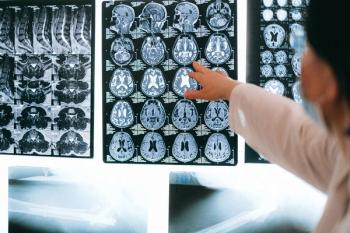
Deep learning models identified the largest differences in resting state network topology occurred.

Plasma proteome confirmed the association between cellular and humoral SARS-CoV-2 immunity.

The prognostic proteins identified can serve as the basis of future pathway and network analyses.

Dapivrine (DPV) was studied in 1-month and 3-month durations.

During the pandemic, reduced HIV testing led to concerns about getting people diagnosed and on antiretroviral therapy (ART), and achieving viral suppression (VS).

Johns Hopkins data suggest men are being hospitalized more frequently with infection, and are facing more severe outcomes.